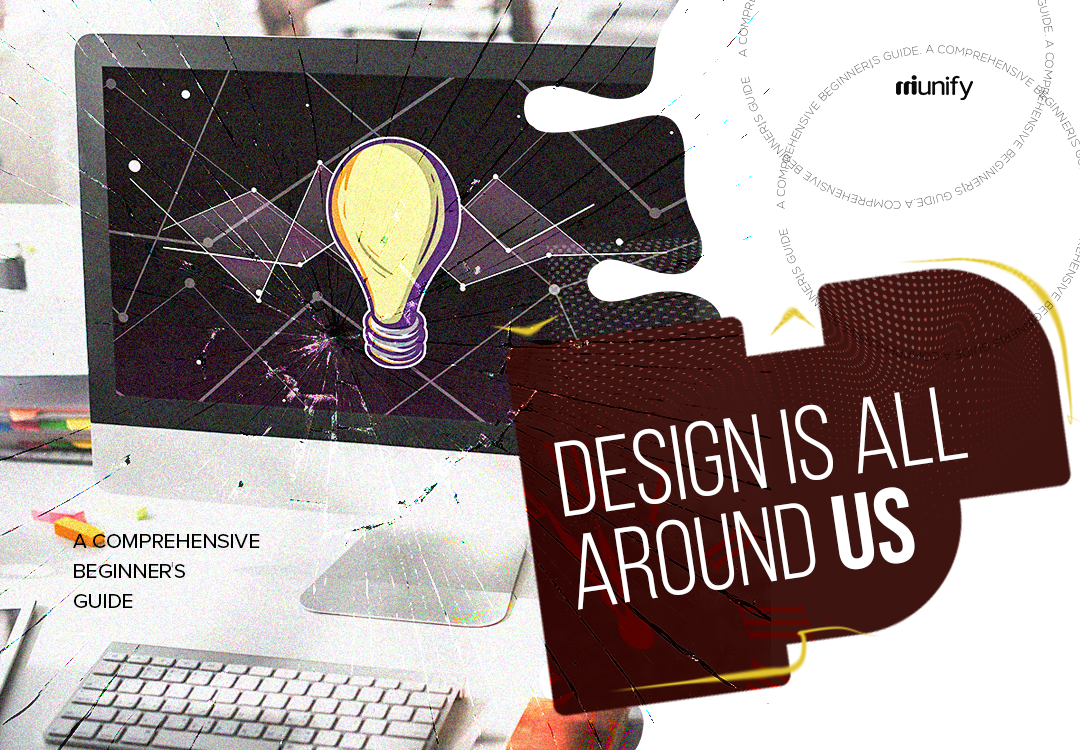
Understanding Design Fundamentals
A Comprehensive Beginner's Guide
Design is all around us, shaping the world we live in and influencing our perceptions every day. Whether you're aspiring to become a designer or simply interested in understanding the basics, this beginner's guide will provide a comprehensive overview of design fundamentals.
Let's embark on this enlightening journey into the exciting world of design principles and concepts.
Design fundamentals encompass a set of essential principles that serve as the foundation for creating impactful and visually pleasing designs. As a beginner, it is essential to pay attention to and follow these principles, as it will guide you in creating beautiful and effective designs.
Here's a breakdown of key principles to pay attention to while designing::
Balance
Balance in design refers to the distribution of visual weight in a composition. Achieving balance ensures that no single element overpowers the others, creating a harmonious and aesthetically pleasing design.
There are two main types of balance:
Symmetrical Balance: Equally distributing elements on either side of a central axis.
Asymmetrical Balance: Balancing elements of different sizes and weights based on their visual properties.
Contrast
Contrast involves placing different elements side by side to highlight their differences. It adds visual interest and ensures important elements stand out in a design. Contrast can be achieved in different ways, using colour, typography, shape, size, texture, depth and more.
Alignment
This involves arranging elements to create a clear and organized design. Proper alignment enhances readability and guides the viewer's eye through the content. You can align to the edge towards the right or left, or you can align to the center.
Work with the type of alignment that helps you easily pass your message and keeps your design organized.
Repetition
Repetition involves using consistent design elements throughout a composition to create a cohesive and unified look. It strengthens the overall design and reinforces branding.
Repetition can be achieved by repeating the colour scheme, illustration/imagery, as well as typography.
Proximity
Proximity emphasizes grouping related elements together. It helps organize information and guide the viewer's understanding of the content.
Proximity can be used to create visual hierarchy as it helps to establish the order of importance of different information within a design.
Understanding these design fundamentals sets the stage for your journey as a designer.
As you experiment and apply these principles, you'll develop an eye for design, honing your skills and creating visually appealing compositions.
In our next guide, we'll delve deeper into each fundamental principle, providing practical tips and real-world examples to enrich your understanding.
Leave a comment and share one lesson you picked from this post. Don’t forget to share with your friends.
